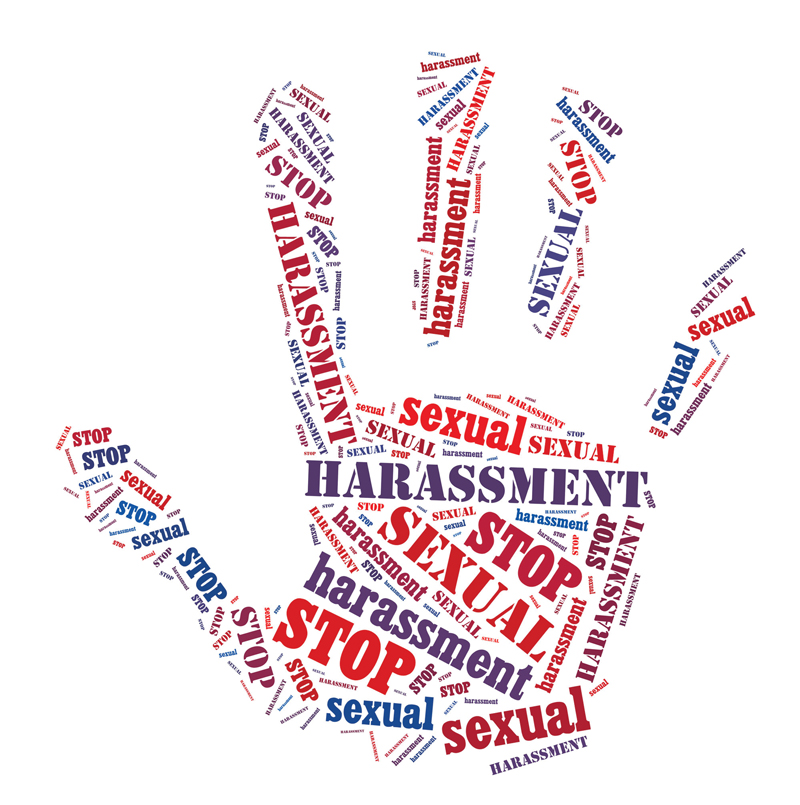With the high profile cases appearing in the media at present, you could be fooled into thinking this topic resides only in the highest of profile industries, you would be wrong.
ACAS has published guidance for employers and employees outlining what kind of workplace behaviours could be considered sexual harassment and how to report it.
The new advice includes examples of how sexual harassment can happen at work such as:
- written or verbal comments of a sexual nature such as remarks about a colleague’s appearance
- questions about their sex life or offensive jokes
- displaying pornographic or explicit images
- sending or forwarding on emails that contains content of a sexual nature
- unwanted physical contact and touching
- sexual assault
Policies
Organisations and businesses should be clear to workers about what sorts of behaviours are unacceptable and would be considered sexual harassment.
If a worker experiences harassment from someone in a position of power or influence then they should check if there are workplace policies to address the issue internally before dealing with the problem externally.
For example, a complaint of harassment against a head teacher could be handled by school governors.
Many organisations may suggest that a complaint of sexual harassment can be made to a supervisor or manager but there might be others too, such as a:
- member of Human Resources or Personnel with specialist training
- named ‘fair treatment contact’
- local trade union representative
ACAS stress that any complaint of sexual harassment that includes sexual assault or physical threats is a criminal act and should be reported to the police. An employer can still investigate the complaint and follow its own disciplinary procedure whilst criminal proceedings are ongoing.











